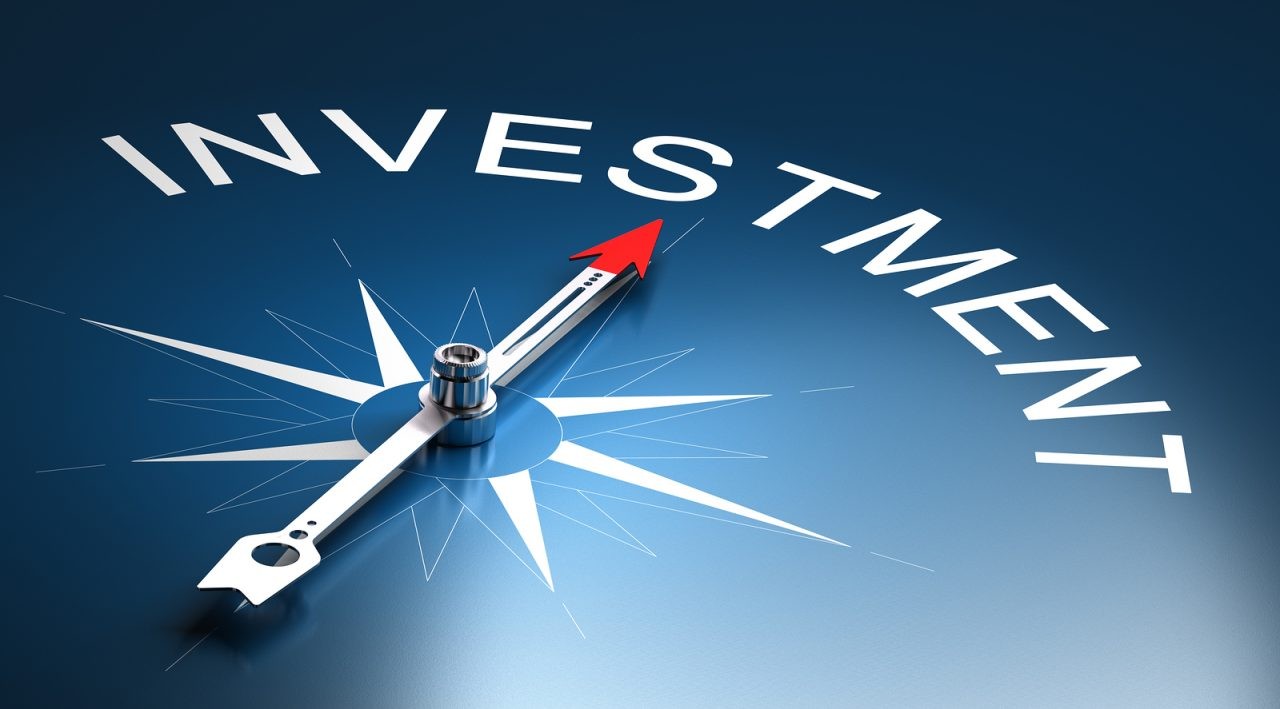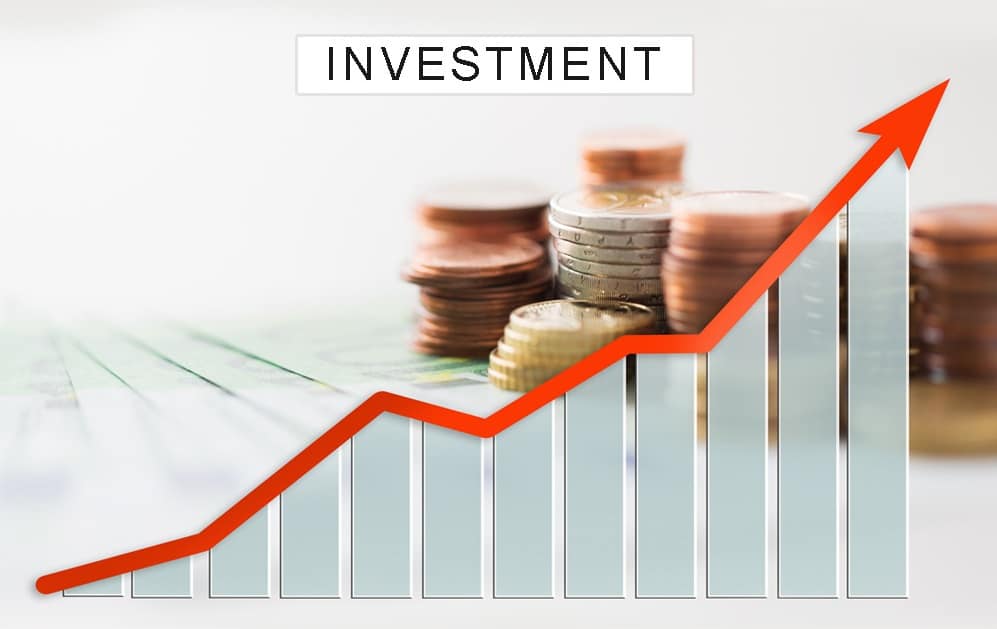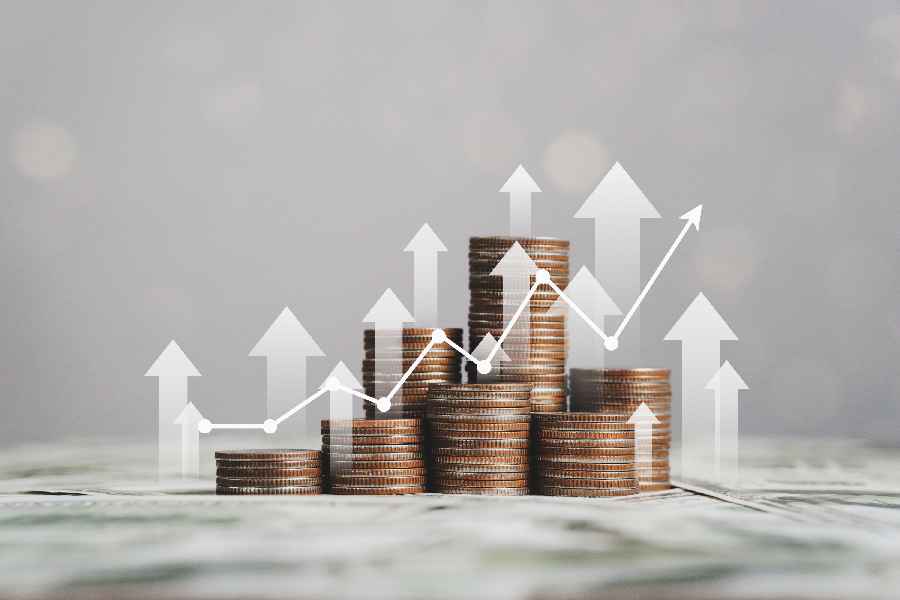Impact of U.S. Economic Policy Changes on Investment and Innovation

February 28, 2025
The U.S. economy is undergoing significant transformations as policymakers adjust economic strategies to address both long-term and short-term challenges. Recent changes in U.S. economic policy have far-reaching implications for investors, businesses, and innovators across various sectors. These shifts aim to foster sustainable economic growth, encourage investment, and spur innovation, but their impacts will vary depending on the specific measures taken and how they are implemented.
In this article, we examine the key U.S. economic policy changes, their potential impacts on investment and innovation, and how businesses and investors can adapt to these evolving conditions.
Key U.S. Economic Policy Changes 1. Tax ReformsTax reform has been a central focus of the U.S. government in recent years. The shift toward lower corporate tax rates, alongside changes to individual tax policies, is designed to stimulate business investment, encourage job creation, and make the U.S. more competitive globally. Lower taxes on businesses can potentially lead to increased capital spending, innovation in research and development (R&D), and an overall expansion of the economy.
Additionally, changes to tax policies affecting individuals, such as adjustments to income taxes and investment capital gains taxes, could influence consumer spending patterns and investment behaviors. Businesses may also benefit from tax incentives and credits that encourage investment in renewable energy, technology, and infrastructure.
2. Infrastructure InvestmentThe U.S. government has been placing a significant emphasis on infrastructure investment as a way to stimulate economic growth. The Infrastructure Investment and Jobs Act, passed in 2021, allocated billions of dollars toward modernizing the country's infrastructure, including roads, bridges, public transit, and energy systems.
This increased investment in infrastructure is expected to create jobs, improve efficiency, and drive innovation in sectors such as construction, transportation, and green energy. Furthermore, public-private partnerships may create opportunities for private investment in infrastructure projects, driving innovation and economic growth in the process.
3. Financial Regulation ReformsChanges in financial regulations, including adjustments to banking and lending rules, are likely to have a profound impact on investment patterns in the U.S. economy. These reforms are intended to reduce the regulatory burden on businesses and encourage investment in both traditional and emerging industries.
For investors, deregulation in certain sectors could open up new investment opportunities in technology, clean energy, and healthcare. However, the trade-off may be increased market volatility and greater risk exposure, particularly in speculative industries like cryptocurrencies and fintech.
4. Trade and Global Relations PoliciesTrade policies, including tariff adjustments and negotiations on free trade agreements, are also central to economic shifts in the U.S. Changes in trade relations with key global partners, such as China, the European Union, and developing markets, will impact industries ranging from manufacturing to tech.
U.S. companies that rely heavily on global supply chains and international markets may benefit from more favorable trade agreements and fewer restrictions. At the same time, U.S. manufacturers, particularly in sectors like steel, automotive, and agriculture, may face new challenges due to changes in tariffs and trade barriers.
Implications for Investment 1. Increased Investment in Tech and InnovationOne of the primary sectors likely to benefit from changes in U.S. economic policy is technology. Policies aimed at fostering innovation and entrepreneurship, such as tax incentives for R&D, could fuel advancements in artificial intelligence (AI), renewable energy, biotechnology, and other cutting-edge industries.
In particular, the government’s focus on green energy and sustainable infrastructure is likely to drive increased investment in clean technologies. Companies working on carbon capture, electric vehicles, and renewable energy solutions could see a significant uptick in both public and private funding.
2. Growth in Private Equity and Venture CapitalWith deregulation and more favorable tax policies, private equity and venture capital investments may experience increased growth. These changes make it easier for investors to fund startups, particularly in high-growth sectors like tech, healthcare, and clean energy. Lower taxes on capital gains may also encourage individual investors to increase their exposure to venture capital opportunities, further boosting innovation in these sectors.
As more entrepreneurs and startups emerge, the competition for capital may lead to innovative breakthroughs in everything from app development to advanced manufacturing techniques. The influx of investment may help turn disruptive ideas into the next generation of market leaders.
3. Diversification Across Emerging MarketsU.S. policy changes will also have global implications, especially as businesses and investors look to diversify their portfolios across emerging markets. Policies that promote global trade and reduce tariffs may offer new opportunities for American companies to invest in growing markets across Asia, Africa, and Latin America.
Increased access to emerging markets presents significant opportunities for both equity and fixed-income investors. Additionally, investors will be keeping an eye on the geopolitical landscape, as shifts in trade agreements or tariffs could influence global investment flows.
Implications for Innovation 1. Accelerated Innovation in Green TechnologiesWith rising concerns over climate change and sustainability, U.S. policies are increasingly focused on innovation in green technologies. Financial incentives for clean energy development, coupled with infrastructure investments, will likely lead to accelerated innovation in solar, wind, and energy storage technologies.
Companies in the renewable energy space could see a surge in demand for their products and services, creating new opportunities for both investors and innovators. Additionally, innovations in energy efficiency, electric vehicles, and sustainable manufacturing methods could redefine industries and supply chains.
2. Advancements in Biotechnology and HealthcareEconomic policy changes aimed at improving healthcare access and innovation will likely lead to breakthroughs in biotechnology and healthcare. Federal investment in medical research and development could lead to new treatments and therapies, particularly in areas such as cancer research, gene therapy, and personalized medicine.
With a focus on improving healthcare infrastructure and expanding access to medical services, private sector companies will be incentivized to invest in innovative healthcare solutions. This, in turn, could lead to improved outcomes for patients and new opportunities for investors in healthcare technology.
3. Digital Transformation of Traditional IndustriesU.S. economic policies that encourage technological innovation could accelerate the digital transformation of traditional industries, such as manufacturing, agriculture, and retail. Automation, robotics, and AI-driven solutions are already beginning to revolutionize these industries, and favorable policies could speed up the adoption of these technologies.
Investors who are able to identify disruptive companies in these sectors may stand to gain significantly as industries evolve. Likewise, businesses that embrace digital innovation may find themselves at the forefront of their industries, with improved efficiency and the ability to scale quickly.

Exploring the latest changes in U.S. investment policies and their impact
The U.S. investment landscape in 2025 is undergoing significant shifts due to economic policies, trade regulations, and financial reforms. This article explores key policy updates, their effects on investors, and future economic implications

Impact of U.S. Policies on Global Economy
U.S. economic decisions influence global markets through trade policies, interest rates, and regulations, shaping financial trends and international stability

Key Insights on Policy Shifts and Market Impact
Recent U.S. policy changes are reshaping investment landscapes. Investors must stay informed about regulatory shifts, economic trends, and potential risks

U.S. Fiscal & Monetary Impact on Investments
Explore how U.S. fiscal policies and monetary decisions shape investment trends, affecting markets and economic strategies

The Impact of U.S. Government Spending on Investments
Government spending plays a crucial role in shaping the investment market by influencing economic growth, stock prices, bond yields, and investor confidence

U.S. Growth and Investment Trends
Explore how investment strategies shape U.S. economic growth, influencing markets, businesses, and financial trends for long-term stability

Understanding U.S. Reforms and Their Impact on Investors
Recent U.S. reforms are reshaping investment strategies, affecting markets, businesses, and investor confidence. Learn how these changes influence financial decisions

Understanding the Impact of U.S. Policies on Investments
U.S. policies continue to evolve, significantly impacting investment landscapes. This article delves into the most important policy changes expected to shape investment decisions and market behavior in the coming years. From government regulations to fiscal strategies, we analyze how investors can navigate the challenges and seize new opportunities as U.S. policies unfold

Understanding the U.S. Influence on Global Investment Trends
U.S. policies and trends have a profound effect on global investment strategies. This article explores the key factors, including fiscal, monetary, regulatory, and technological changes in the U.S. that are influencing investment strategies worldwide. Global investors must adapt to U.S. policy shifts to stay competitive in the market
The Atlantic Daily
Get our guide to the day’s biggest news and ideas, delivered to your inbox every weekday and Sunday mornings. See more newsletters
.webp)
Ideas That Matter
Subscribe and support more than 160 years of independent journalism.
Subscribe